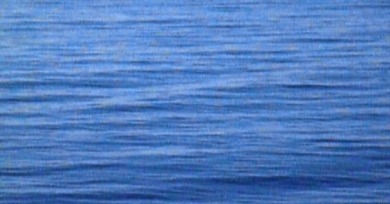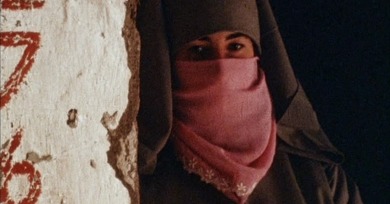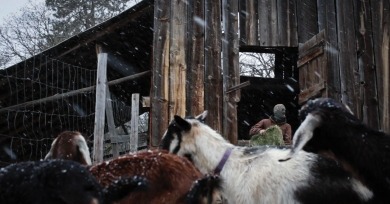At the Museum
Goings-on at Museum of the Moving Image
Shot in Poland for 35 days over the course of a year, this debut feature unfolds in a measured and unvarnished style that reflects the anthropologist eye of director Anna Zamecka.
Ghost Hunting, which won a special prize at the 2017 Berlinale for Palestinian filmmaker Raed Andoni, is a relatively cool and sober restaging of interrogations and tortures suffered by prisoners in the Israeli interrogation center Moskobiya.
In Colo, three relatively ordinary people, a teenage girl and her two parents, are struggling to make ends meet. But by the end of the film, they are entirely new, having been shattered by trauma and reassembled into damaged, isolated individuals.
The proliferation of domestic film festivals and the support of the National Film Development Corporation of India have facilitated an increasing number of local, out-of-mainstream spaces for film production and viewership, enabling the rise of regional independent movements.
Three documentary shorts in First Look 2017’s Strange but True: Shorts Program II work in tandem to paint a portrait of a particularly American brand of hope; it is tender, a little tragic, and it does not come in HD.
“The words written in the script are really just for my reference. I never show the actors the screenplay. I find I always get better results with the dialogue if we do some improvisation and run through the scene a few times.”
The unusual, unsparing, and sometimes leering candor of Helmut Berger, Actor is made possible by the fact that the film’s subject seems to be totally absent any self-censoring mechanism. His substance intake may have some part in this.
The screen, apart from some video scan lines and the usually-but-not-always present image of a refugee boat carrying 13 men, is little more than a blue rectangle, the Mediterranean Sea on a particularly sunny day.
This new program of international avant-garde film and video, she curated for the Museum of the Moving Image, celebrates older works (most of them forgotten) while placing a strong emphasis on the new.
The most intriguing draw is a 38-minute Eternalist collage of footage taken by New Yorkers on the day of the World Trade Center attack.
Transporting the viewer into a country setting where a unique way of life is gradually disappearing, Boone comes with no expository voiceover, respects no dramaturgy, and excludes any interaction between filmmaker and subjects.
Films as disparate as Altered States, Nosferatu, 1984, The Night of the Hunter, Repulsion, Tetsuo the Iron Man, M, and Sette note in nero are placed on the same emotional plane, each an evocation of all-purpose, free-floating, indefinable anxiety.
Structurally, Territorio is indebted to James Benning, whose geographical features are made up of meticulous static long takes assembled around central themes. But while Benning is the master of depopulated Western landscape shots, Cuesta serves up people and faces in lieu of places.
The setup of the film works less as narrative than as an inception point for numerous complementary and competing layers of fiction and reality, including the test footage for the film-within-a-film, scenes relating to its production, and footage of life in Tokyo.













